1、 Curing method
1. Soil: rotten foliage soil is the best, because its soil is rich in organic matter, which can provide it with sufficient nutrients to make it grow better
2. Moisture: it has a great demand for water, so it is necessary to keep the soil moist for a long time. However, when the weather is cool, the water volume should be properly controlled to avoid water logging caused by too much water
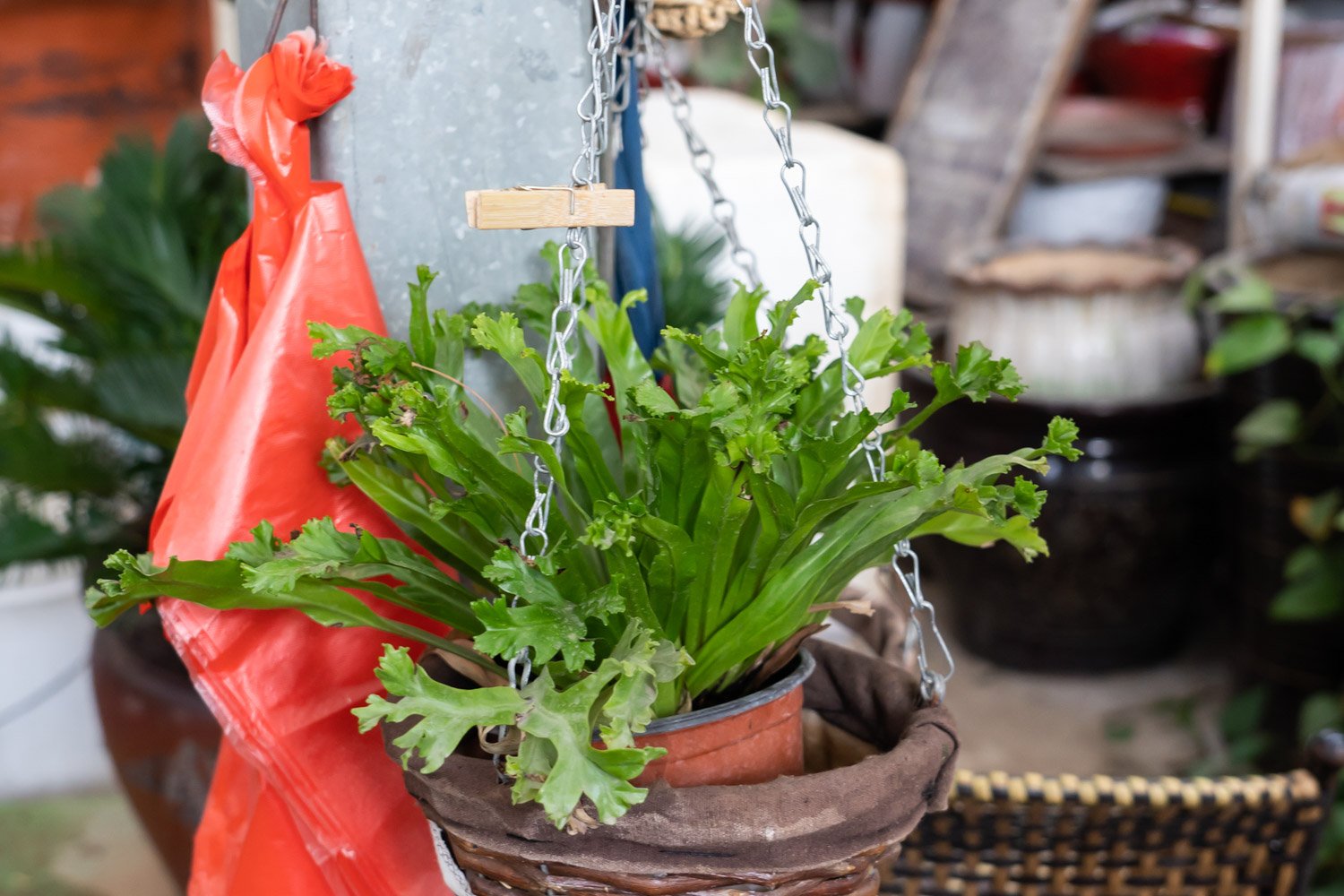
3. Nutrients: ferns are fertilizer loving plants, and fertilizer should be applied to them in time after planting. General organic fertilizer is the best choice. Frequent fertilization can make its leaves thick and green
4. When the leaves are not fully exposed to sunlight, it is best to provide strong sunlight for them when they are planted
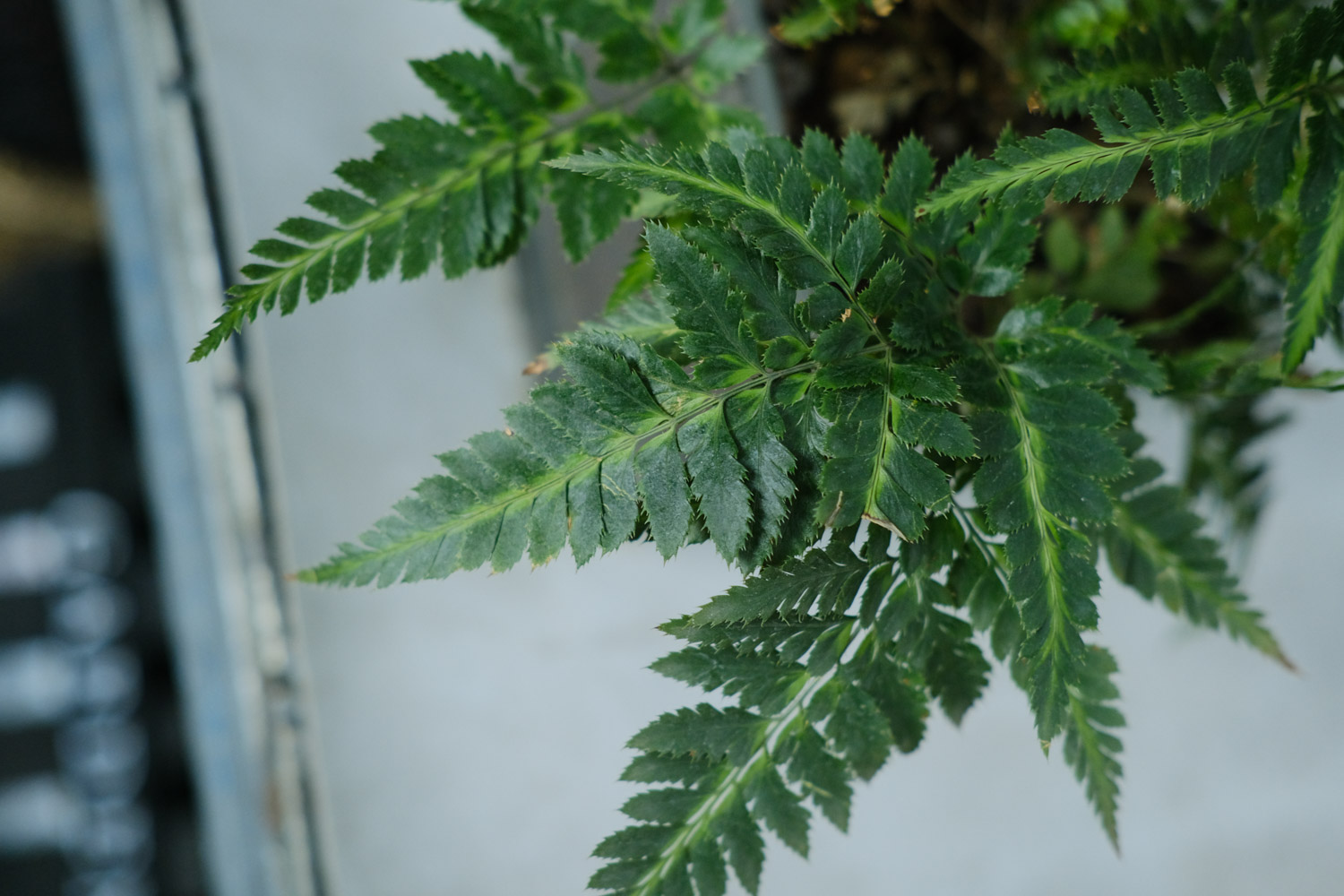
2、 Breeding skills
1. Pruning: many small stems and leaves will grow after planting. At this time, some old stems and leaves will wither and roll or even wilt. They should be pruned and shaped appropriately
2. Propagation: separate propagation is a common method. Select robust plants and be careful when dividing plants to avoid damaging their branches, stems and roots. Transplanting in nutrient rich soil and watering can survive in about a week
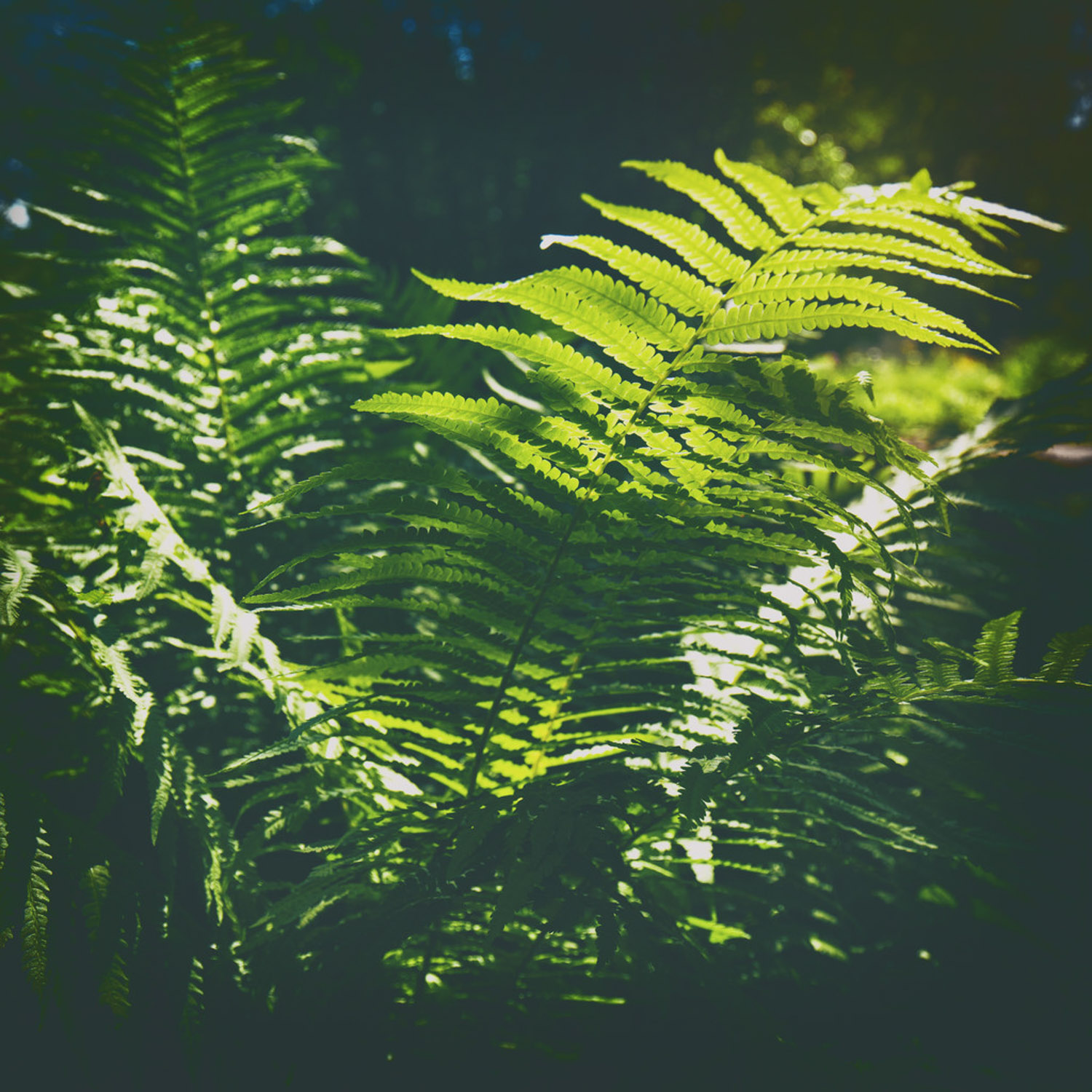
3、 Diagnosis and treatment problems
1. Anthrax: the common disease of planting ferns is anthrax. The most harmful is its newly grown buds. It should be diluted and sprayed with chlorothalonil
2. Rotten roots: when watering, it is necessary to avoid excessive water volume and waterlogging. Long-term waterlogging will cause root rot. watering to wet the soil layer can avoid rotten roots
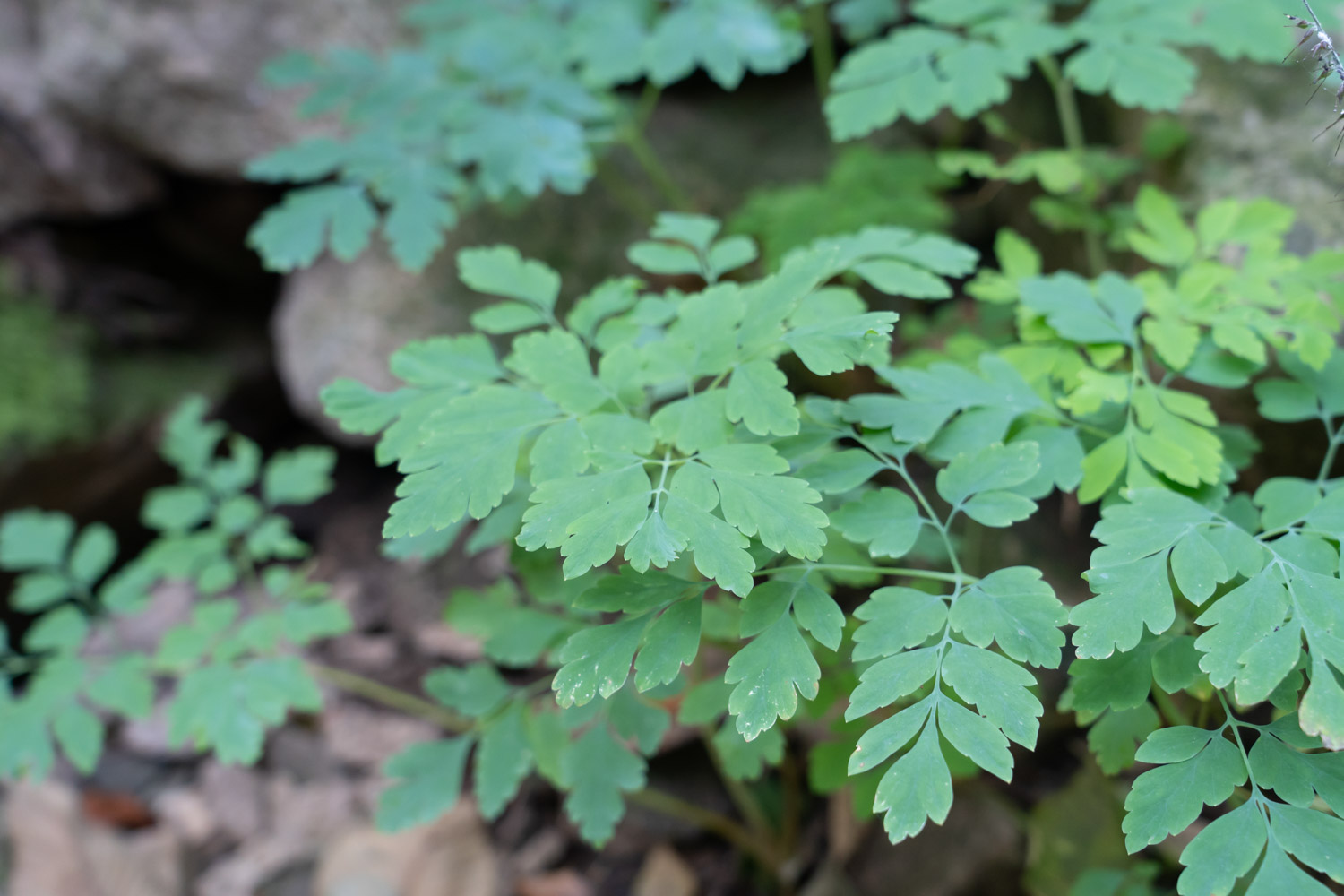
4、 Other issues
1. How to spend the winter: when it is cold, it should be moved to the house for maintenance, and the temperature should be controlled above 10 ℃. If the temperature in the house is too low, it will stop growing and even freeze to death
2. Whether it can be raised indoors: it can be raised indoors, but it should be placed in a ventilated place to keep the air in the house fresh. If it is not ventilated, it will affect its growth and damage diseases
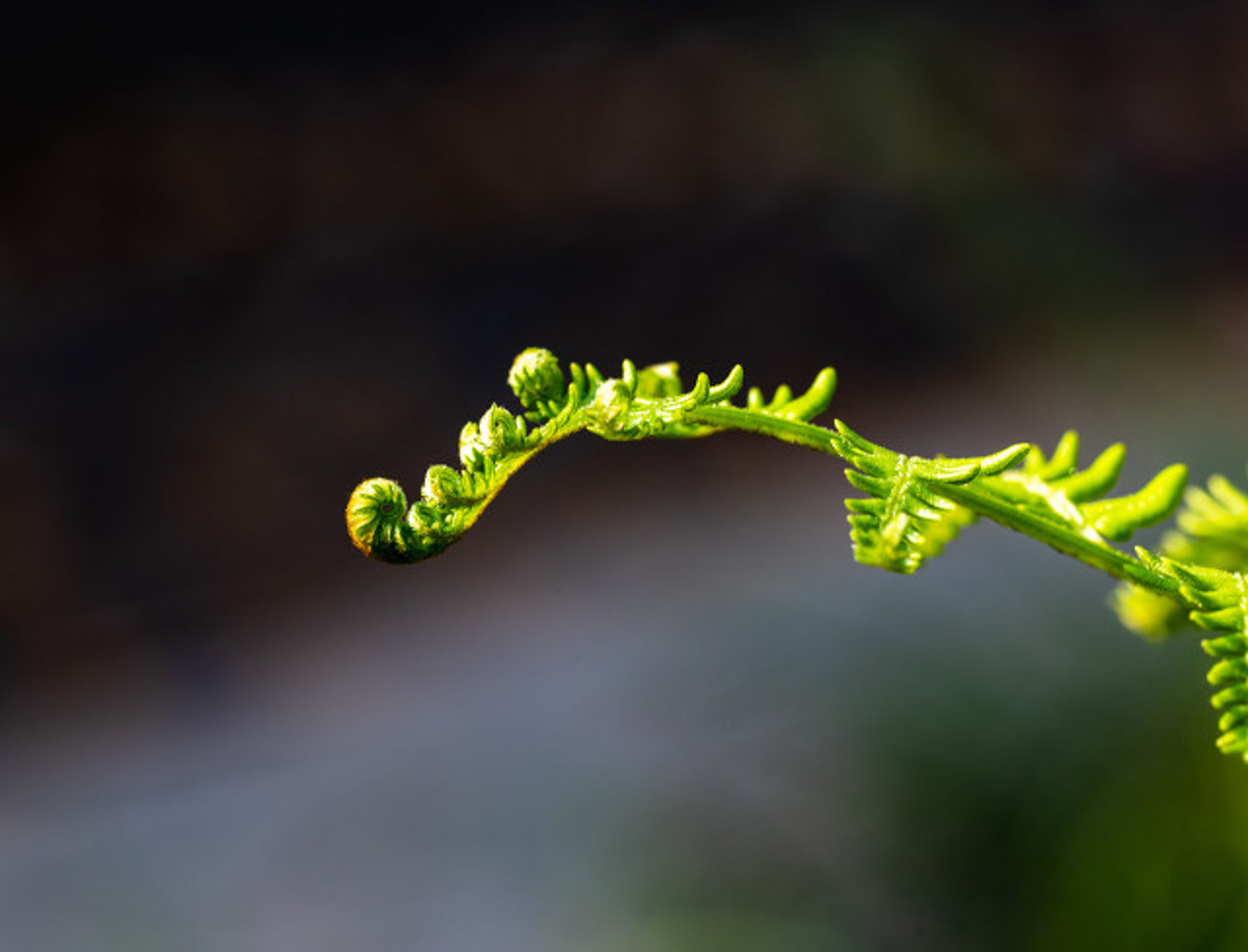

 jackfruit
jackfruit snake plant
snake plant hibiscus
hibiscus hydrangea
hydrangea lavender
lavender Green roses climb al...
Green roses climb al... If you don't pay att...
If you don't pay att... Management of four g...
Management of four g...































